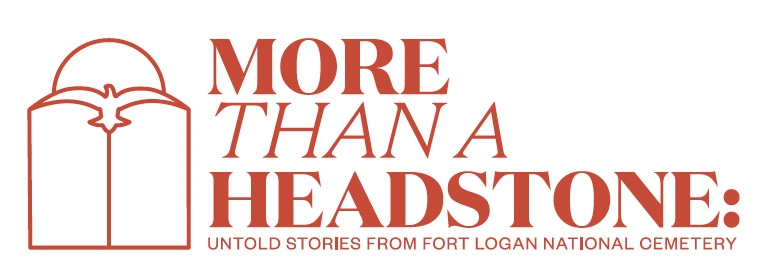Lending a Helping Hand
By Caroline Rainbolt-Forbes
Charles E. Bennett
Dates: November 15, 1914- July 22, 1987
Charles Bennett, picture provided by Karen Hudson, interview by Caroline Rainbolt-Forbes.
Charles Bennett was born on November 15, 1914 in the birthplace of Rock ‘n Roll, Memphis, Tennessee. He was the only child of Myrtle and Marcellus William Bennett.[1] Charles and his family wouldn’t call Memphis home for much longer, as they moved a couple years after his birth. When he was just four years old, Charles and his family packed up and moved to Denver, Colorado.[2] As a young boy, Charles would sell newspapers along what is now known as the 16th Street Mall in downtown Denver.[3] Charles went on to attend college at the University of Colorado in Boulder and married his wife and future mother of his children, Sylvia Mason, on October 20, 1940.[4]
Charles always had the urge to serve his country. His daughters, Patsy and Karen, said that their father was “a man of his time” and that serving in the military was never a question for him. The only question about a military career was when he would join.[5] He registered for the United States Navy on October 16, 1940, with his service starting on February 15, 1943 as a commissioned officer.[6] During World War II Charles served on a Liberty cargo ship in the North Atlantic, as a gunnery officer.[7] The Liberty ship was a class of cargo ship that was mass-produced during World War II in order to transport essential wartime items, such as ammunition and tanks, to Great Britain and the Soviet Union.[8] Serving on a Liberty ship was a dangerous job, as over the course of the war approximately 200 hundred Liberty ships were lost due to torpedoes, mines, and planes.[9] But like most veterans, he rarely spoke of his time in the service.[10]
Judge Bennett in his robes, picture provided by Karen Hudson, interview by Caroline Rainbolt-Forbes.
After the war Charles returned home to Colorado. Similar to his passion for serving his country, his desire to make a difference at home led him to go to law school. He attended University of Denver Law School, and after graduation Charles opened his own law firm with his friend, Louis Boshiao.[11] However, Charles wanted to do more to improve his state by practicing law and thus turned his sights toward politics. Charles went on to serve two years as a State Representative (1948-1950) and then as a State Senator (1958-1959) and he finally served as a superior court judge.[12] During his time in office he worked to improve the safety of Colorado, heading the Colorado Legislative Council’s Highway Safety Committee and introducing numerous pieces of legislation to deter crime.[13] In 1959, Governor Stephen Lucid Robert McNichols called for a complete revision of the Colorado criminal law. In response Charles, then serving as a state senator, introduced two bills to improve the safety of Colorado.[14] The first bill was to raise the minimum of penalty for aggravated robbery and the second a “Driver’s License Law” that would take away a person’s right to a license if a person refused tests to prove sobriety.[15] His drive to serve his community went beyond the state house–he would often marry people in his own home. His daughter, Patsy, remembers countless Saturday mornings waking up and seeing her father downstairs in the living room marrying couples, and never charging veterans as a way to honor his fellow service members.[16] His entire life revolved around serving the people of Colorado and giving back to his community.
Charles had many interests beyond law and politics and had many hobbies that he loved to share with others. He collected cars, with a particular inclination for Rolls-Royce models, and he even had an old firetruck that was later donated to the Fireman’s Museum in Colorado Springs. [17] Along with his collections he enjoyed playing music. Charles, or Chuck, was a band leader, starting his own band in college, and singing tenor.[18] He made sure to spread his love of music to his family, teaching his daughter Patsy to play and appreciate music.[19] During his exciting life, on October 7, 1967, he and his wife saw a “orange-red circle” flying in the sky that was moving faster than any aircraft he had ever seen–a reported UFO sighting![20]
His entire life revolved around helping others and giving back to his community, having a big personality that was always there to lend a helping hand until the day he died, July 22, 1987. Charles was laid to rest at Fort Logan National Cemetery in the center of the state he worked so hard to improve.












